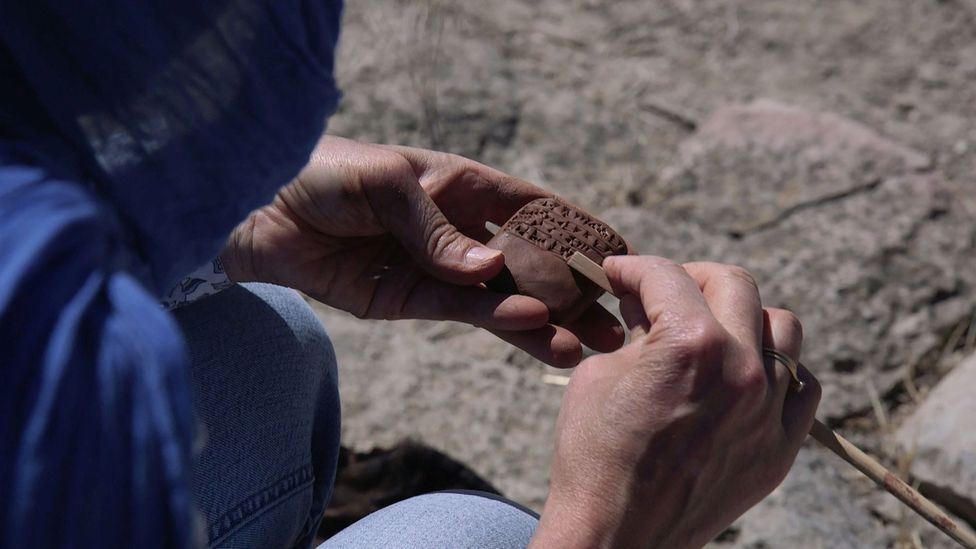“Since they were the ones to stay at home, they were the guardians of the archives,” Michel says of the women. “You have to remember, these contracts represent a lot of money, for example the loan contracts and so on.”
The women in turn don’t shy away from sending their husbands or brothers instructions and admonishments. “What is this that you do not even send me a tablet two fingers wide with good news from you?” an Assyrian woman called Naramtum writes to two men. She complains about a dispute involving debt and lost merchandise, and urges the men to resolve it, closing with a brisk: “Send me the price of the textiles. Cheer me up!” Another chided her brother over a missing payment: “Don’t be so greedy that you ruin me!”
These women’s independence stood in stark contrast to some other societies in the ancient Near East, such as nearby Babylonia in southern Iraq. Michel points out that in Assur, as in Kanesh, both the wife and the husband could ask for a divorce and would be treated the same in the proceedings. “But at exactly the same time in Babylonia, in the south of Babylonia, the wife couldn’t ask for a divorce, and in the north of Babylonia, if she dared to ask, she would be put to death.”
With that strengthened economic influence came better conditions in the women’s personal lives. A number of them added clauses to marriage contracts that banned the men from taking second wives or travelling by themselves, as in this example: “Assur-malik married Suhkana, daughter of Iram-Assur. Wherever Assur-malik goes, he shall take her with him. He shall not marry another woman in Kanesh.”
At some point, for reasons that are somewhat unclear, trade between Assur and Kanesh declined. Eventually, Kanesh was deserted. Other cities and communities took over as engines of commerce, creativity and cultural exchange. But the women’s clay tablets, hardened by house fires, remained in the abandoned homes to be discovered thousands of years later. They capture a female experience so rarely documented in history, not of queens or high priestesses, but of working women wondering how to get through the next day. As Michel says, in other Mesopotamian cities, letters written by women have also been found, “but there are not so many. [Kanesh] is unique for that.”
And with roughly half of the tablets of Kanesh still unread, there are surely many more secrets waiting to spill out.


